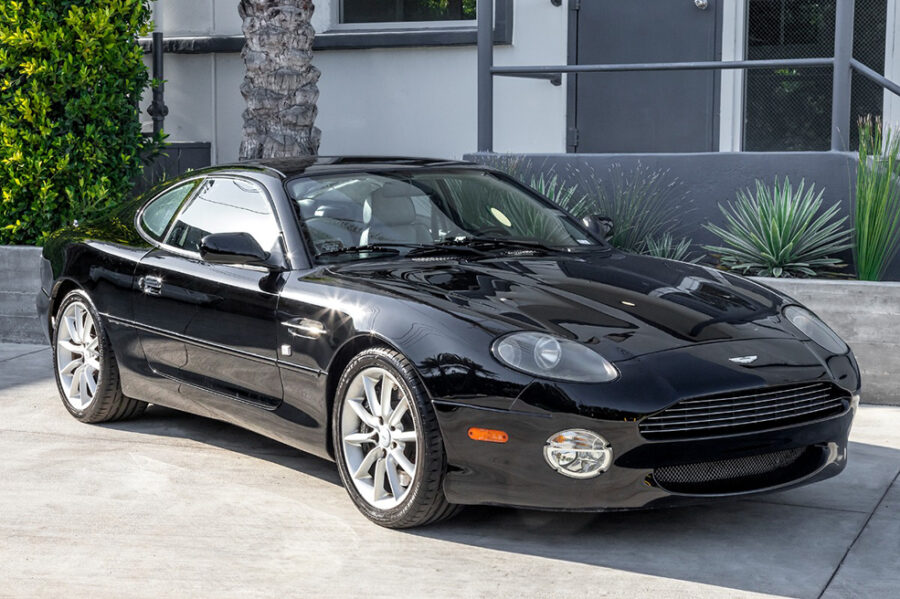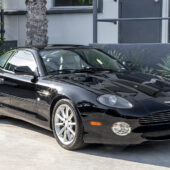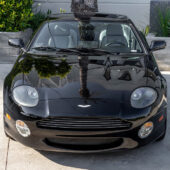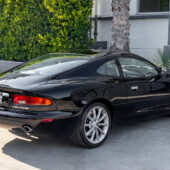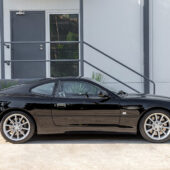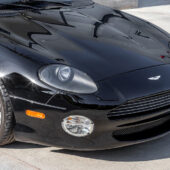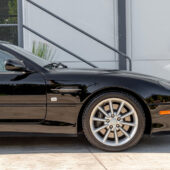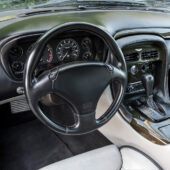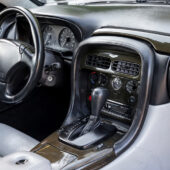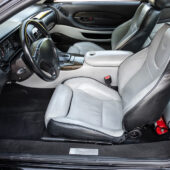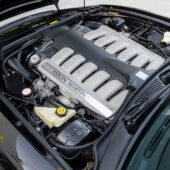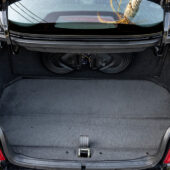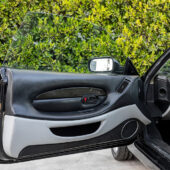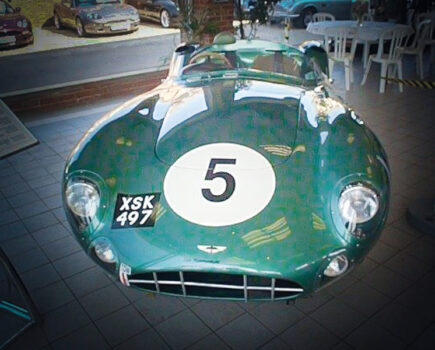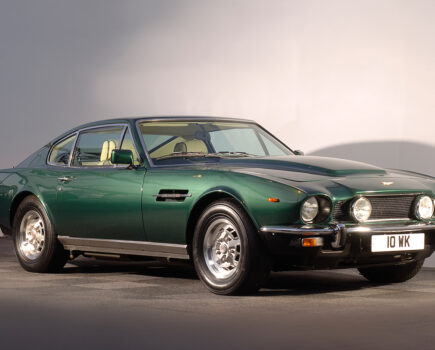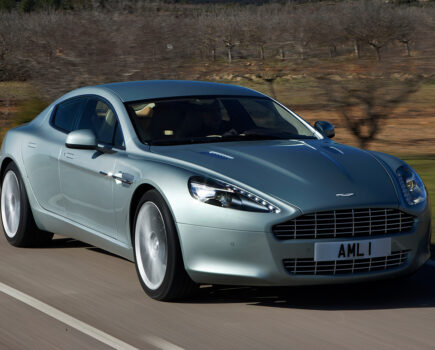The Aston Martin DB7 remains the most accessible example of the breed but owning one can be a challenge. Here’s how to do it
Sponsored editorial in association with Beverly Hills Car Club
Words: Paul Wager
The Aston Martin DB7 sits alongside controversial classics like the MGC, and Triumph Stag as a car which divides opinion like few others.
It’s often looked down upon as a Ford/Jaguar hybrid lacking the genes required of a ‘real’ Aston Martin, yet those of us well versed in the brand’s history will be well aware that without it, the marque simply wouldn’t be with us today.
With the straight-six DB7 introduced at £78,500 and the Vantage a cool £94,500, these cars were priced up with the finest exotics back in the day so it’s not unreasonable to expect them to come with some of the running costs of top-end cars. In practice though, that’s offset to some extent by the huge amount of Ford and Jaguar componentry hiding under the sleek bodywork while the passage of time has seen things like 18-inch wheels become commonplace, meaning items like tyres aren’t the cost they were when the cars were new.
Rather than the potential running costs though, perhaps the first question a potential owner should ask themselves is whether the DB7 is the car for them. Dynamically, the DB7 is much more grand tourer than outright sports car, yet this is offset by a ride which is stiffer than the Jaguar it’s based on. They feel like big cars on the road and are quickly out of their depth when hurled around like an MX-5.
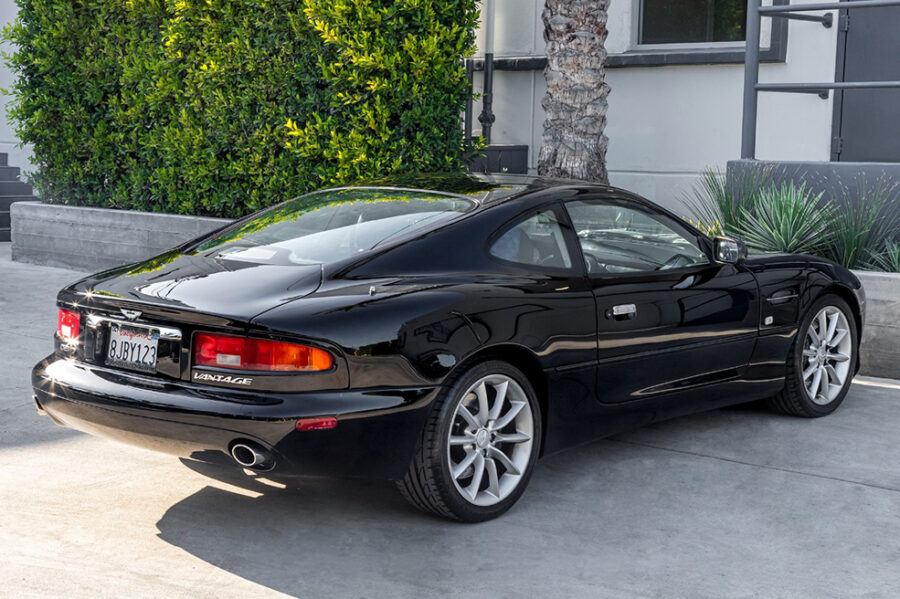
Engine, transmission and mechanicals
Under the bonnet, the six-cylinder car is far easier to work on than the V12 in its packed engine bay. Routine servicing is well within the scope of a home mechanic.
The V12 engines can also suffer from problems with the crankcase breather system which will cause engine oil to drip on to the air filters, resulting in a big cloud of smoke at start-up. The filter in the breather system is a cheap Ford Motorcraft part, but a fair bit of dismantling is required to access it.
By far your biggest issue wih the Vantage however concerns the long-term longevity of the engine. The ‘V12 tick’ is a phrase seen all too frequently in DB7 forums and relates to a possibly disastrous problem involving oval bores, piston slap and knocking little ends.
There’s no cure for the problem, although various suggestions of using different grades of oil can mask it and yes, a rebuild is as costly as you would expect.
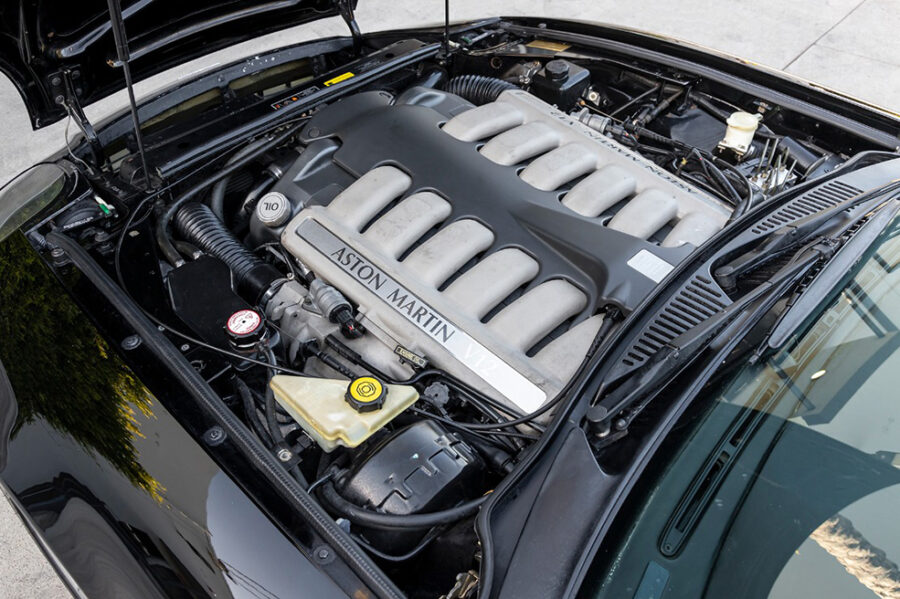
Don’t let it put you off though: after all, there are plenty of well-used DB7s and DB9s with the V12 engine out there, many of them having clocked up high mileages without problem.
Brake discs and pads are similarly straightforward DIY, while the car’s Jaguar and Ford ancestry makes ABS problems easy to diagnose. Simply tell your scan tool the car is a 1999 Jaguar S-Type and it will happily access the control module, which itself is shared with the S-Type as well as Ford Crown Victoria, Lincoln Town Car and a few others.
DB7 suspension is essentially the same as the XJS and there are plenty of bushes to keep you busy, with some easy for the DIY owner and some needing proper workshop facilities.
One other benefit of the Jaguar componentry is that although many DB7s were supplied with a compressor and can of sealant instead of a spare wheel, an 18-inch Jaguar XK8 space saver fits in the boot (albeit it at an angle) and both fits the hubs and clears the brakes – an ideal thing to carry on a long trip.
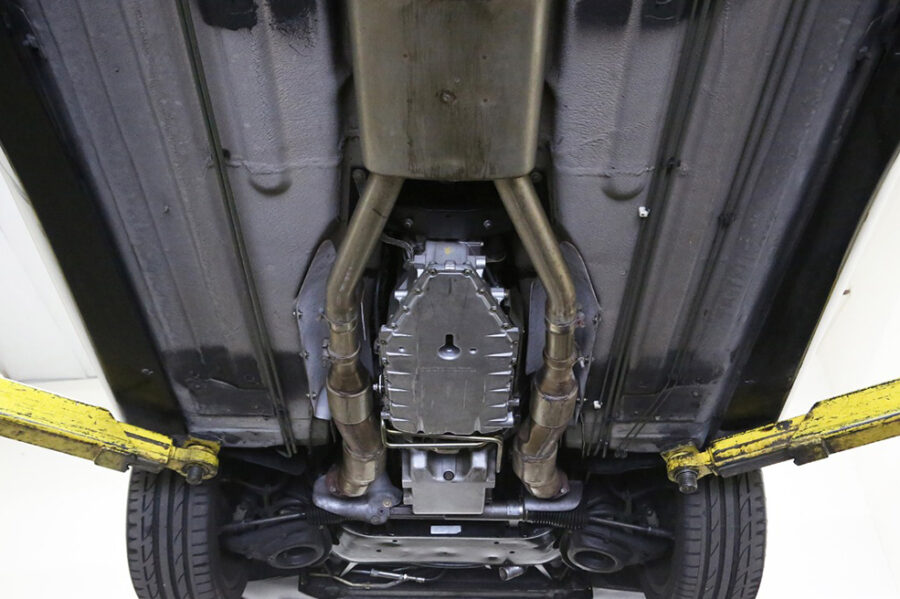
Bodywork and interior
Aston Martin DB7 build quality can be characterised as being broadly on a par with 1990s Alfa Romeos in that there will always be a squeak or rattle somewhere and one or two little jobs which need attending to. As legions of Alfa fans will attest, this is all part of the enjoyment of ownership and if you’re reasonably practical then you can generally keep on top of things yourself.
In fact, for the DIY-minded owner these cars need not be too daunting and once you’ve plucked up the courage to get stuck in, you’ll find it comes apart just like any other car: for example, the inner door trims are held in place by the usual screws and bolts, removal being a 10-minute job.
The Aston-specific dashboard and console assembly is similarly easy to dismantle although its hand-built nature makes it fragile – and you damage the veneered parts at your peril, since used parts are both rare and costly.
The switch on the brake pedal is known to fail and when this happens it will be impossible to shift the automatic out of Park. Your local Aston Martin dealer will happily relieve you of £250 for the component, or you can simply buy a used XJS/XK8 switch for a fifth of that and it’s a quick job to transfer just the switch rather than the entire bracket.
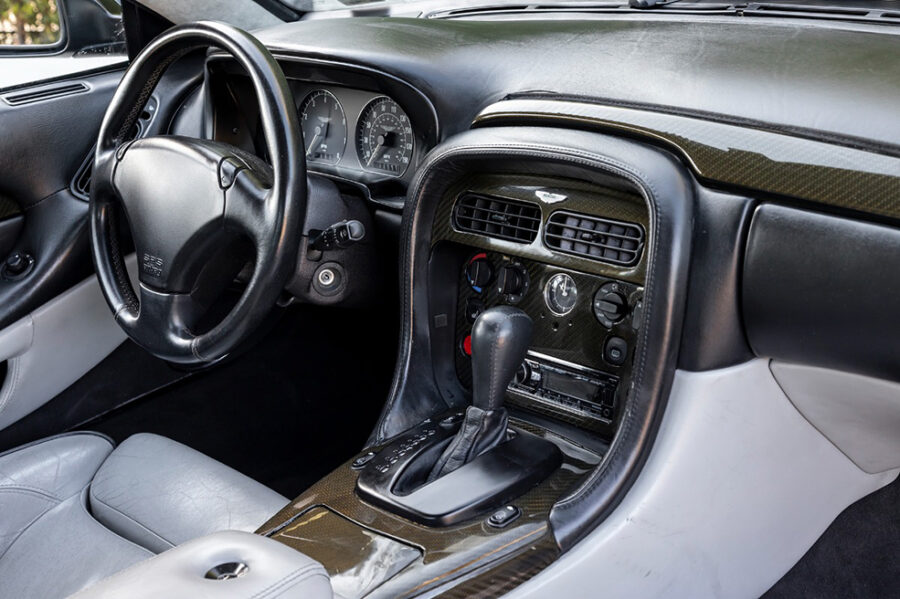
Unless they’re garaged, many DB7s will have a whiff of damp to them. Poorly sealed windscreens can cause this, with the flimsy scuttle panel plastic trim also allowing leaks if it’s not fitted properly. The door seals are also fragile and are one of the few costly Aston-specific parts with no Jaguar alternative. Used parts are around but new seals are an outrageous £925 each, so it pays not to damage them.
A third cause of a stale-smelling cabin is the heater, which can suffer with the matrix itself clogging up and from failing blower fans, the result being that the interior never gets properly warm or dry. The fans themselves are XJS parts but in the Aston are mounted vertically, for which they weren’t designed and the bearings will wear out, meaning at best a noisy fan and at worst complete failure. At a colossal £1216 each from Aston Martin, it pays to source XJS parts which are £480 brand new from Jaguar specialists and far less for used parts.
Replacing the fans is often quoted as a costly dash-out job by marque specialists, but it is in fact a DIY proposition to to the job without going to those lengths: on the passenger side the wiring will need to be eased out of the way and the driver’s side requires the instrument pack to be removed for access.
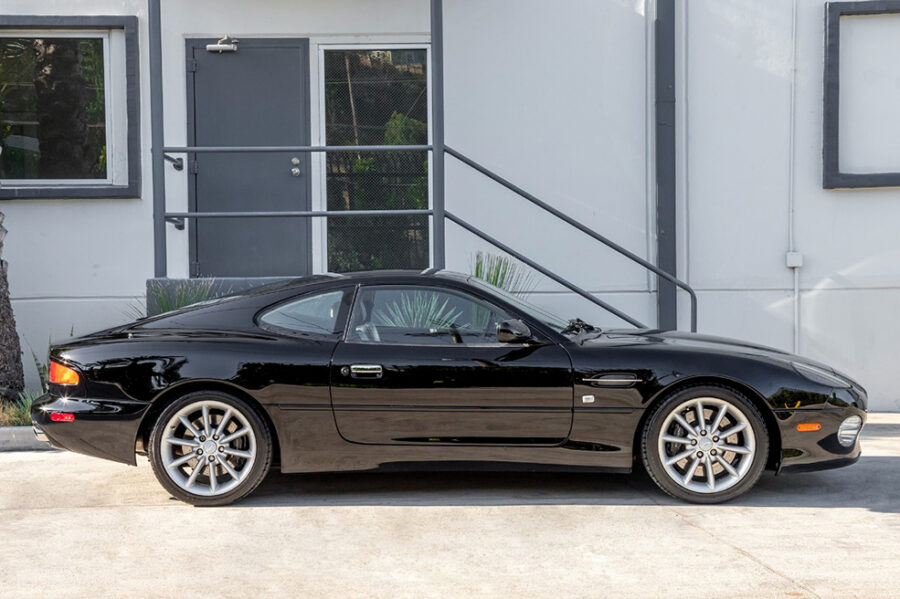
Finding a good example
The DB7 is still the entry point to Aston Martin ownership and the good news is there are usually plenty of examples for sale at any one time. The bad news is that many cheaper ones will have been run on a shoestring. Good history is very important as you would expect, so buying from a reputable dealer is great for peace of mind.
At time of writing, Beverly Hills Car Club has two V12 examples for sale – a coupe and Volante convertible – each priced at $24,750 and with low mileage. While the UK remains perhaps the best place for DB7 variety, the hot, dry climate of Los Angeles does have its benefits for older vehicles.
Sponsored by Beverly Hills Car Club
The automobiles sold at Beverly Hills Car Club combine all the elements of its exclusive address in Los Angeles: cars for sale that are the very last word in tasteful elegance, chic and impressive sophistication, with careful attention given to each vehicle and each client. Both national and international customers are catered for, with a huge stock of classics to choose from.
For more information and to view the Beverly Hills Car Club stock, visit www.beverlyhillscarclub.com

